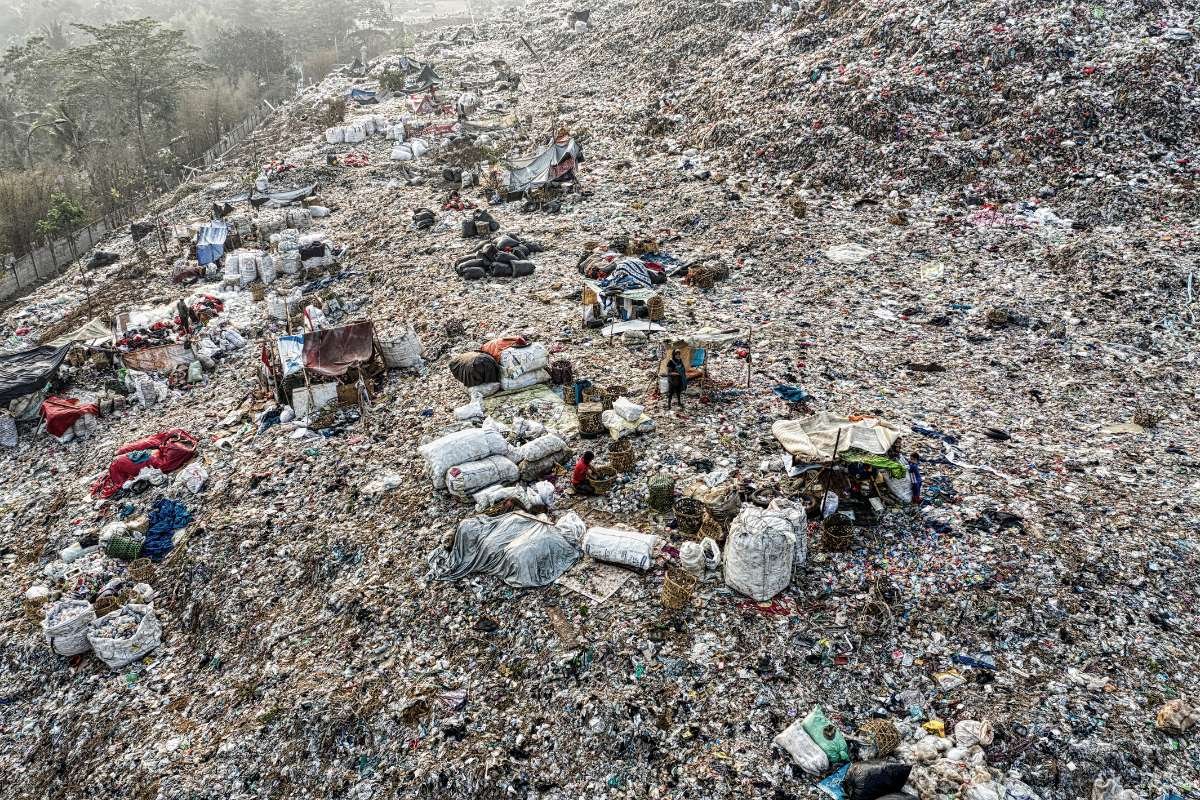Natural disasters can hit without notice, posing serious threats to businesses. Hurricanes, floods, earthquakes, and wildfires all have the potential to cause widespread disruption. However, with careful planning and preparedness, organizations can minimize the effects of these catastrophes. Here’s a thorough guide to preparing business for a natural disaster.
Assess the Potential Risks
The first stage in disaster planning is to identify the particular dangers that your organization faces. Conduct an extensive risk assessment to determine which natural disasters will most likely strike near you. Consider the geographical location, previous disaster data, and your company’s risks. This evaluation will assist you in personalizing your disaster preparedness plan to target the most relevant threats.
A Disaster Recovery Plan

A well-executed disaster recovery plan is critical. This plan should explain the measures your company will take before, during, and following a crisis. The major components are:
1. Emergency Response Procedures
Specify the necessary tasks that staff should follow if an emergency occurs. This consists of evacuation routes, emergency contact information, and communication methods.
2. Business Continuation Plan
Identify essential company functions and plan how they will continue during and after the crisis. This might include enabling remote work, employing backup facilities, or depending on third-party services.
3. Data Backup and Recovery
Ensure all vital data is backed up regularly and can be recovered immediately. Protect your data against local disasters with on-site and off-site storage options.
Use Weather APIs

Integrating tech into preparing business for a natural disaster strategy can provide real-time data and improve response capabilities. Using a weather API can be very valuable. These solutions enable organizations to incorporate real-time weather data into their systems, resulting in timely warnings and forecasts.
Businesses can use weather APIs to receive advance alerts about severe weather conditions, allowing them to take preventative steps. For example, a company could use a weather API to track hurricane paths or flood threats and adapt operations appropriately. This preemptive approach can greatly save downtime and preserve assets.
Secure Physical Premises
1. Reinforce buildings
Make sure your structures can survive catastrophic natural events. This might include adding storm shutters, fastening roof elements, and strengthening walls.
2. Flood Protection
If your business is in a flood-prone area, create flood barriers, elevate electrical lines, and guarantee appropriate drainage throughout the site.
3. Fire Safety
Remove vegetation, use fire-resistant materials, and keep firefighting equipment on-site to create a defensible space around your structure in wildfire-prone locations.
Train and Educate Employees
Your workers play an important role in preparing business for a natural disaster and response. Regular training and drills are essential for ensuring everyone understands their roles and duties during a crisis. Conduct emergency exercises, teach personnel how to properly use emergency equipment, and educate them on evacuation methods and first aid.
In addition, staff should be encouraged to create personal emergency plans to foster a prepared culture. This not only improves their safety but also allows them to return to work sooner after a calamity.
Financial Contingency Plans

- Make sure your company has enough insurance coverage for natural calamities. This covers property insurance, business interruption insurance, and flood insurance.
- Maintain a reserve account to cover any unexpected bills or losses that insurance may not cover.
- Maintain copies of important financial records in a secure, off-site location. Contracts, tax documents, and insurance policies are such examples.
Collaborate With Local Authorities
Collaborate with local governments, emergency services, and other companies to prepare businesses for a natural disaster. Participate in community emergency preparedness projects, share resources, and stay updated on local disaster response strategies. Developing these connections could result in extra assistance and resources after a crisis.
Review and Update
Preparing business for a natural disaster is not a one-time activity. Regularly assess and update your disaster recovery plan to reflect new risks, changes in company operations, and lessons gained from previous incidents. Conduct yearly exercises and examine your methods to ensure they are still thriving.
Businesses that take these preventative measures can better resist the effects of natural disasters, safeguard their people and assets, and recover more quickly. Remember, preparedness is more than simply a precaution.


















